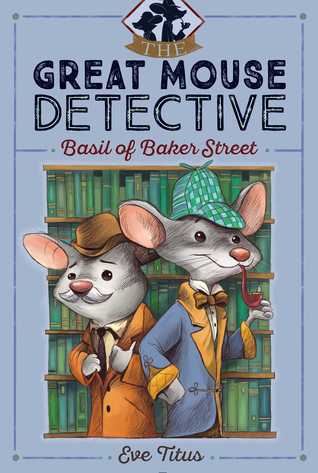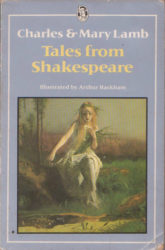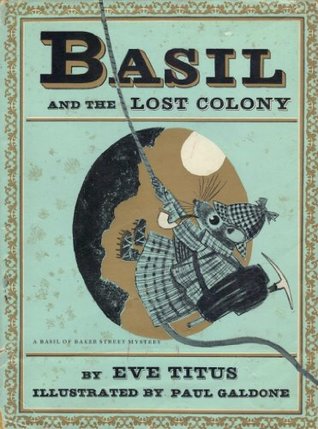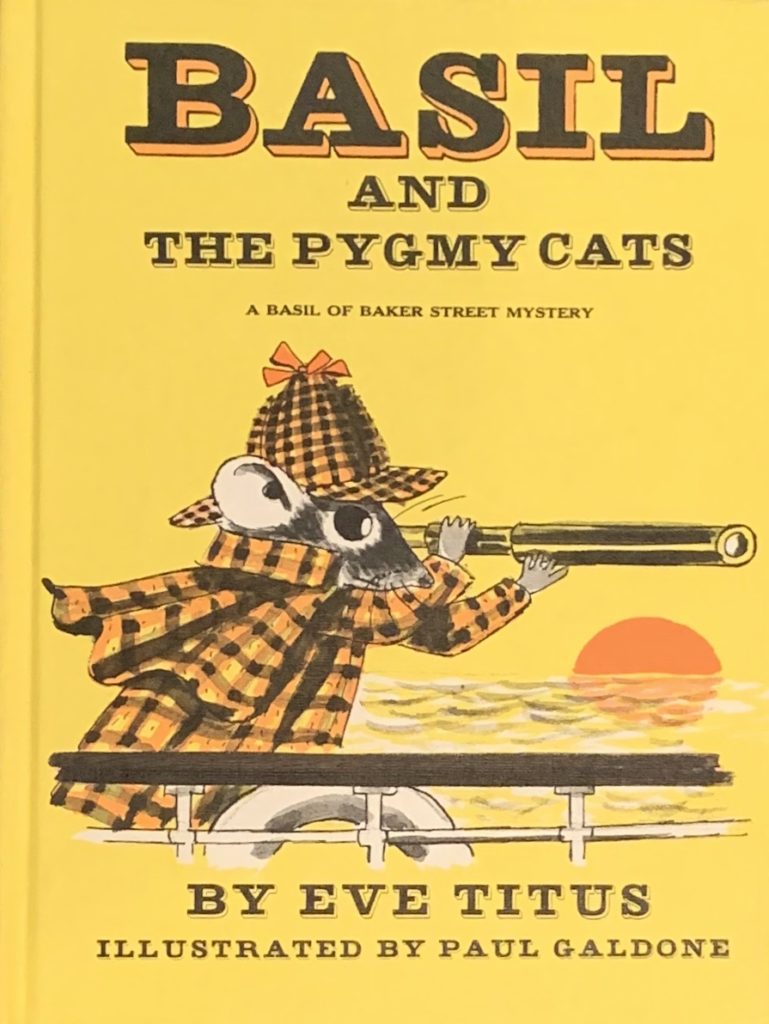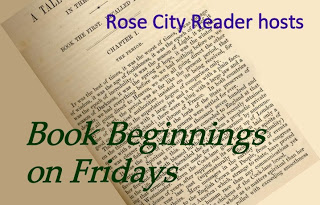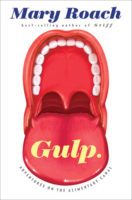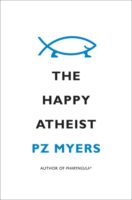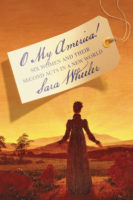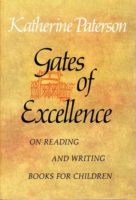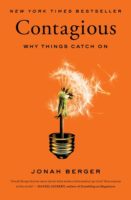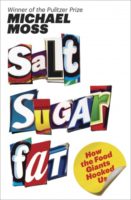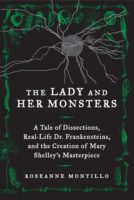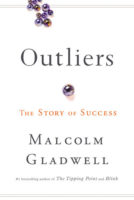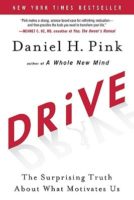The Time Machine by H.G. Wells
My rating: 4 of 5 stars
The Time Traveller (for so it will be convenient to speak of him) was expounding a recondite matter to us. His grey eyes shone and twinkled, and his usually pale face was flushed and animated.
Chapter 1: Introduction
So begins Wells’s classic “scientific romance”, published serially in The New Review in 1895 (and in revised novella editions after that). Over drinks with some gentlemen friends, including the narrator, the unnamed adventurer shares his theories on the nature of time as a fourth dimension in which one can travel. His friends are skeptical, even after seeing a demonstration using a model he has constructed.
For my own part, I was particularly preoccupied with the trick of the model. That I remember discussing with the Medical Man, whom I met on Friday at the Linnaean. He said he had seen a similar thing at Tübingen, and laid considerable stress on the blowing-out of the candle. But how he trick was done he could not explain.
Chapter 3: The Time Traveller Returns
A week later, the narrator is again at the Time Traveller’s home for another dinner party. The Time Traveller appears after his guests have arrived, and the details of his adventure form the main narrative. He has gone hundreds of thousands of years into the future, where he encountered the Eloi and the Morlocks, apparently the two strains of humanity left at that time.
The Eloi are small, delicate, and child-like. They spend their days playing in the sunshine, picking flowers, and eating fruit. They do no work, the genders appear nearly identical, and there is little difference between the children and the adults. They sleep in groups in large structures. They seem to be unafraid, in the way of those who have never encountered anything of which to be afraid.
“Seem to be unafraid,” because the Time Traveller eventually learns that the Eloi are scared of the dark. They stay away from shadows and refuse to venture out at night. After nightfall, the Morlocks – pale, large-eyed, and ape-like – come out their underground tunnels, and they are on the hunt.
Now, indeed, I seemed in a worse case than before. Hitherto, except during my night’s anguish at the loss of the Time Machine, I had felt a sustaining hope of ultimate escape, but that hope was staggered by these new discoveries. Hitherto I had merely thought myself impeded by the childish simplicity of the little people, and by some unknown forces which I had only to understand to overcome; but there was an altogether new element in the sickening quality of the Morlocks — a something inhuman and malign. Instinctively I loathed them.
Chapter 10: When the Night Came

My first encounter with The Time Machine was with a Moby Classics illustrated abridged edition when I was in elementary school. I mostly remember the Morlocks being very, very creepy and scary. Having read the full text, I still think the Morlocks are very, very creepy, but also very sad. As a child, the life of the Eloi was appealing: play all day and eat lots of fruit. Aside from, you know, the terror of what might happen at night, it looked ideal. As an adult reader, I was struck by the horror of the exact circumstances under which the Time Traveller meets Weena. (No details, because I’m still glad it came as a surprise to me.)
The entire vision of the future of humanity presented here is disturbing. There is the vacuous beauty left above ground and the terrifying existence below. No wonder the Time Traveller was delighted to find himself back at his own table. And yet, he clearly still has questions. He clearly still wants to explore. So, maybe, he even still has hope.
The narrator asks us to deny the implications of the narrative he has just recorded. It is a striking way of ending this little puzzle of a book, an appeal that seems to throw into doubt everything that we have just read. What a perverse start to a literary career!
Roger Luckhurst, Introduction to the Oxford World’s Classics edition
For this reading, I borrowed the Oxford World’s Classics edition of The Time Machine from the library. The supporting material is excellent. The “Chronology of H. G. Wells” includes significant personal events and world events, as well as noting the publication of various influential works, giving context on multiple levels. The expanded version of the chapter “The Further Vision” is included as an appendix, as are two scientific essays published by Wells in 1891 and 1893.
Roger Luckhurst’s introduction expands on some of the ideas Wells engages with in the novel. Evolutionary theory – both biological and social – was very much in the public consciousness. Would people and society forever march toward perfection, or would both reach a zenith and then inevitably deteriorate? The utopian fiction of Bellamy and Morris get satirical jabs in the Time Traveller’s description of the future. Luckhurst provides pointers to further reading on all of these and more. I appreciated the very helpful and engaging explanatory notes, as well as the fact that the introduction begins with a note that there will be spoilers, so newcomers might want to read it as an afterword, instead.
Source: Checked out from my public library
Challenges: Back to the Classics (6: Genre Classic); Classics Club; Read Harder 2020 (#17: A Sci-fi/fantasy novella); Victorian Reading Challenge (January: Journeys & Travels)





